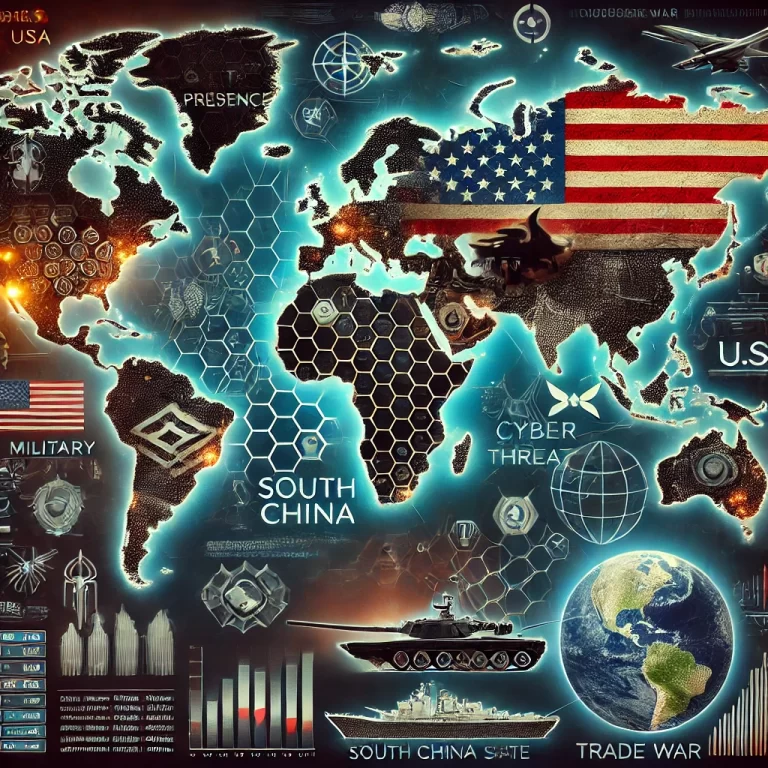
Malawi’s Renewable Energy Strategy: Paving the Way for Universal Energy Access
Introduction:
Situated in southeastern Africa, Malawi is ardently pursuing its vision of attaining universal access to renewable electricity while fostering a sustainable bioenergy sector. Through a robust renewable energy strategy, the government is propelling initiatives across grid-scale renewables, clean energy mini-grids, off-grid solar solutions, and bioenergy technologies. In a recent interview with Malawi’s Energy Minister, we delve into the intricacies of the country’s renewable energy strategy, the pivotal role of the Malawi Integrated Energy Planning Tool, and concerted efforts to entice private sector investors.
Renewable Energy Strategy:
Malawi’s renewable energy strategy is underpinned by a multifaceted approach aimed at expanding renewable electricity access and fortifying the bioenergy sector. Central to this strategy is the establishment of a dedicated renewable energy agency, bolstering the Rural Electrification Fund, and deploying district energy officers to spearhead renewable energy endeavors at the grassroots level. The imminent deployment of district energy officers, slated for the first quarter of 2024, underscores the government’s commitment to decentralized energy planning. Notably, the Rural Electrification Fund is already facilitating the financing of solar home systems and mini-grid projects.
Role of the Integrated Energy Planning Tool:
The Malawi Integrated Energy Planning Tool, developed in collaboration with esteemed partners such as Sustainable Energy for All, Global Energy Alliance for People and Planet, and The Rockefeller Foundation, serves as a linchpin in guiding interventions to amplify electrification efforts. This sophisticated tool empowers the government to judiciously allocate resources and prioritize the most cost-effective electrification options, spanning both grid densification and off-grid solar initiatives. Moreover, it serves as a pivotal instrument in rural electrification planning, with ongoing enhancements to the 2020-2025 Rural Electrification Masterplan.
Global Energy Alliance for People and Planet’s Energy Program:
The Global Energy Alliance for People and Planet has launched an ambitious energy program in Malawi, aligning closely with the country’s aspirations for universal energy access by 2030. Substantial strides have already been made, including the electrification of 180,000 households through grid expansion and the distribution of 200,000 solar home systems by 2024. Concurrently, mini-grid projects in pivotal locales like Chisi Island, Usingini, Kasangazi, and Gumulira are actively progressing. In a bid to incentivize solar usage, the government has waived taxes on solar lamps and introduced complimentary electricity connections for select households.
Opportunities for Investors:
Malawi’s National Energy Policy, crafted in 2018, has paved the way for domestic and foreign investors to actively participate in the energy sector. This progressive policy framework endeavors to enhance access to affordable, reliable, sustainable, efficient, and modern energy for all Malawians. Key provisions include the liberalization of power generation, a transition from biomass energy to cleaner alternatives such as Liquefied Petroleum Gas (LPG) and electricity for cooking, and the promotion of biofuels while mitigating reliance on fossil fuels for transportation. Moreover, the policy fosters an enabling environment for private sector engagement, offering an array of incentives to catalyze investment in energy infrastructure.
Effectiveness of the Energy Policy:
The successful implementation of Malawi’s National Energy Policy owes much to a suite of complementary instruments, including the National Electrification Strategy and Action Plan, the Renewable Energy Strategy, and the Electricity Connection Guidelines. These instruments collectively support the expansion of grid infrastructure, catalyze renewable energy initiatives, and facilitate equitable access to free or affordable electrification. Leveraging the Integrated Energy Planning Tool as a dynamic data visualization platform enables evidence-based decision-making in energy planning endeavors. Looking ahead, the Ministry is poised to conduct a comprehensive review of the policy to address emerging trends in electric and hybrid vehicle adoption, thereby fortifying household electrification efforts and promoting productive energy utilization.
Conclusion:
Malawi’s steadfast commitment to its renewable energy strategy, buttressed by the coherent implementation of the National Energy Policy, underscores the nation’s resolve to achieve universal energy access. With a strategic focus on grid-scale renewables, clean energy mini-grids, off-grid solar solutions, and bioenergy initiatives, Malawi is making remarkable headway in expanding its electricity access landscape. The integration of the Malawi Integrated Energy Planning Tool has emerged as a cornerstone in guiding evidence-based decision-making and prioritizing cost-effective electrification pathways. Through collaborative partnerships with global entities like the Global Energy Alliance for People and Planet, Malawi is harnessing the requisite investment to realize its energy aspirations. With sustained momentum and effective policy frameworks, Malawi is poised to actualize its vision of accessible, reliable, sustainable, efficient, and modern energy for all by 2030.
Report by The Sixteenth Council Writers



